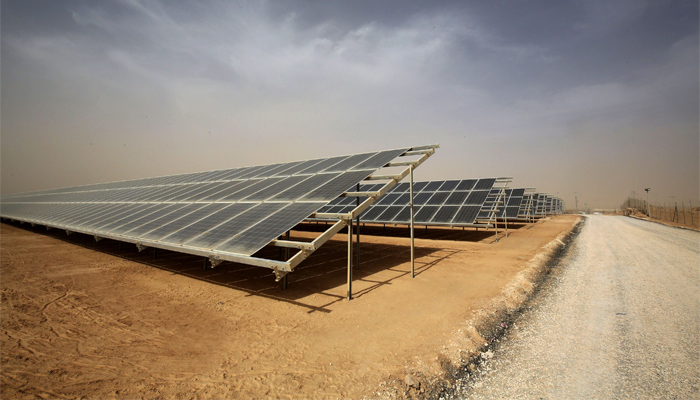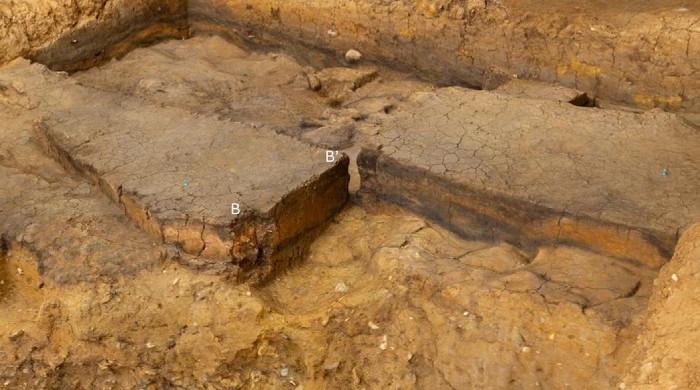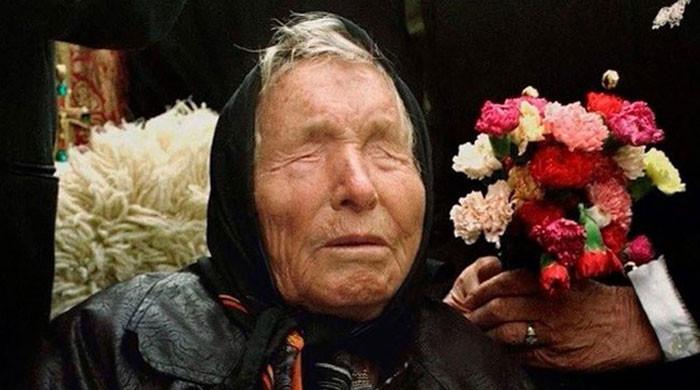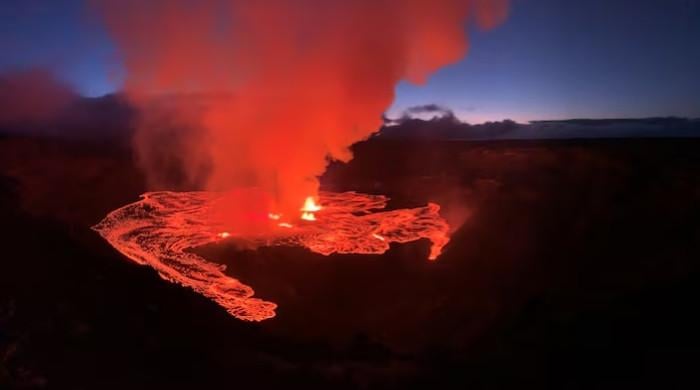Jordan switches on world's largest solar plant in refugee camp
The $17.50-million project will provide electricity in Zaatari camp for up to 14 hours a day
November 14, 2017

LONDON/ZAATARI: Jordan has turned on the world’s largest solar plant inside a refugee camp, providing renewable energy to nearly 80,000 Syrians, the United Nations refugee agency said on Monday.
The 12.9-megawatt solar plant at Zaatari refugee camp, on the border of Jordan and Syria, will allow families to run a fridge, TV, fans, and lights in their shelters, and recharge their phones to maintain contact with others abroad, UNHCR said.
The 15-million-euro ($17.50-million) project, funded by the German government, will provide electricity in Zaatari camp for up to 14 hours a day, the agency said.
“That allows the children to continue their studies, and also (for) the safety of women and young girls to go about. Camp life will be made much easier,” Stefano Severe, UNHCR representative in Jordan, told Reuters TV.
The UNHCR said the 40,000 solar panels will not only reduce carbon emissions by over 13,000 tons a year, it will also save the agency $5.5 million each year in running costs, which can then be re-invested into refugee support.
“Electricity is very important to us, it is needed by men, children, women, everyone needs it during the day,” Syrian refugee Anwar Hussein told Reuters TV.
“When we have electricity during the day, our children can stay home, they don’t go out in this weather and play in the dust and mud,” said Hussein, who has lived in Zaatari for nearly five years after fleeing the capital Damascus.
From nearby Azraq camp in Jordan to Dadaab in Kenya, solar power is being deployed to provide affordable and sustainable energy solutions for tens of thousands of displaced people.
In semi-arid eastern Kenya, Africa’s largest solar-powered borehole — equipped with 278 solar panels — is providing 16,000 refugees in Dadaab camp with a daily average of about 280,000 litres of water, which they use for drinking, cooking and personal hygiene, according to the European Commission.
In Azraq, a 2-megawatt solar farm that started operating in May — the world’s first in a refugee camp — has enabled the UNHCR to provide free, clean electricity to 20,000 Syrian refugees, covering the energy needs of two villages connected to the national grid.
Yet while access to clean energy for refugees and their host communities is a global priority for UNHCR, analysts say millions of displaced people still lack access to sustainable, cheap energy sources because of a lack of funding.









